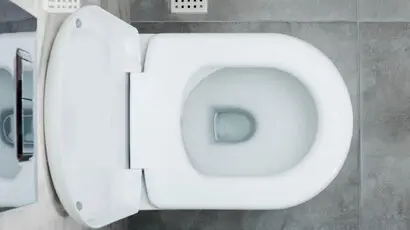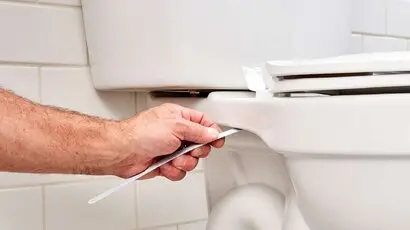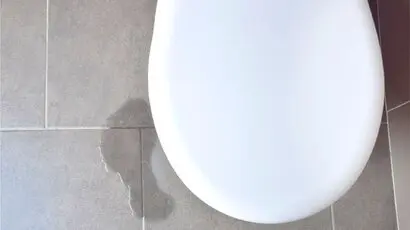How To Stop A Toilet Overflowing
Is your toilet suddenly overflowing on your bathroom floor? Quick, read our emergency guide for DIY tips to unblock your toilet before the problem gets worse!
Nobody wants to deal with an overflowing toilet. If it’s not handled quickly, it could cause unnecessary stress and a bigger mess than anticipated.
Wastewater flowing into your bathroom and spreading may be a health concern and cause expensive water damage. Since it’s a problem everyone will face at some point in their lives, there are simple solutions for anyone to try.
The following concise guide details everything you need to know when your toilet overflows and how to fix the problem.
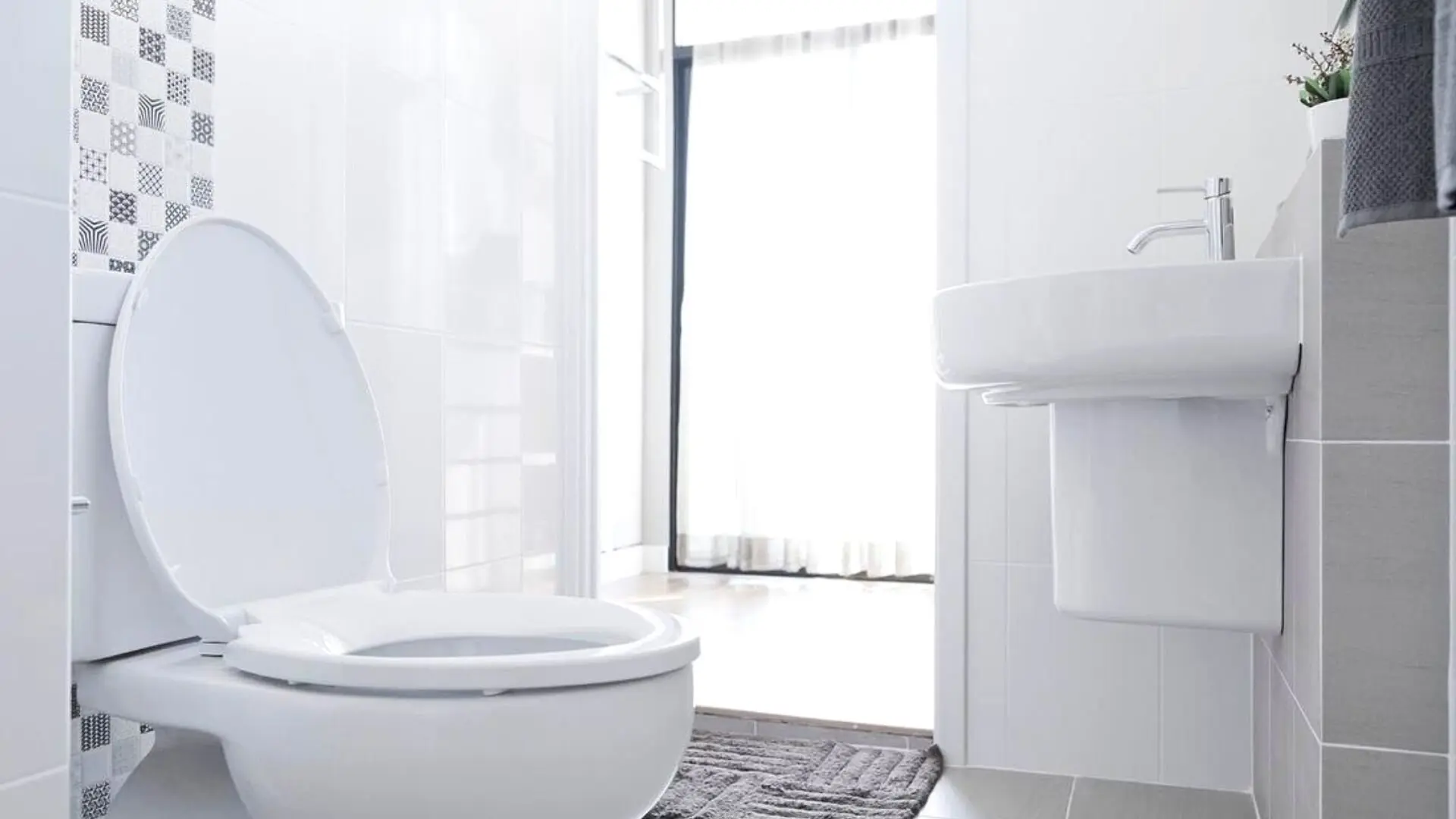
First, take off the toilet tank lid and set it somewhere safe. Lift the float to stop the water flow. You can wedge it with an object to hold it in place before moving on to turn off the water supply to the tank. This ensures no more water fills the bowl.
It’s usually located near the bottom of the toilet with a valve on it. Alternatively, you can turn the main water supply off directly if you can’t find it. With this, the water level should drop after a minute or two. Keep an eye on the toilet to see if the level rises higher.
If the water level doesn’t go down, it might indicate a serious plumbing issue. In such a situation, it’s best to call in a professional plumber to sort things out.
When dealing with an overflowing toilet, there are certain things you should absolutely avoid doing.
Doing any of the above may worsen the problem, necessitating professional help.
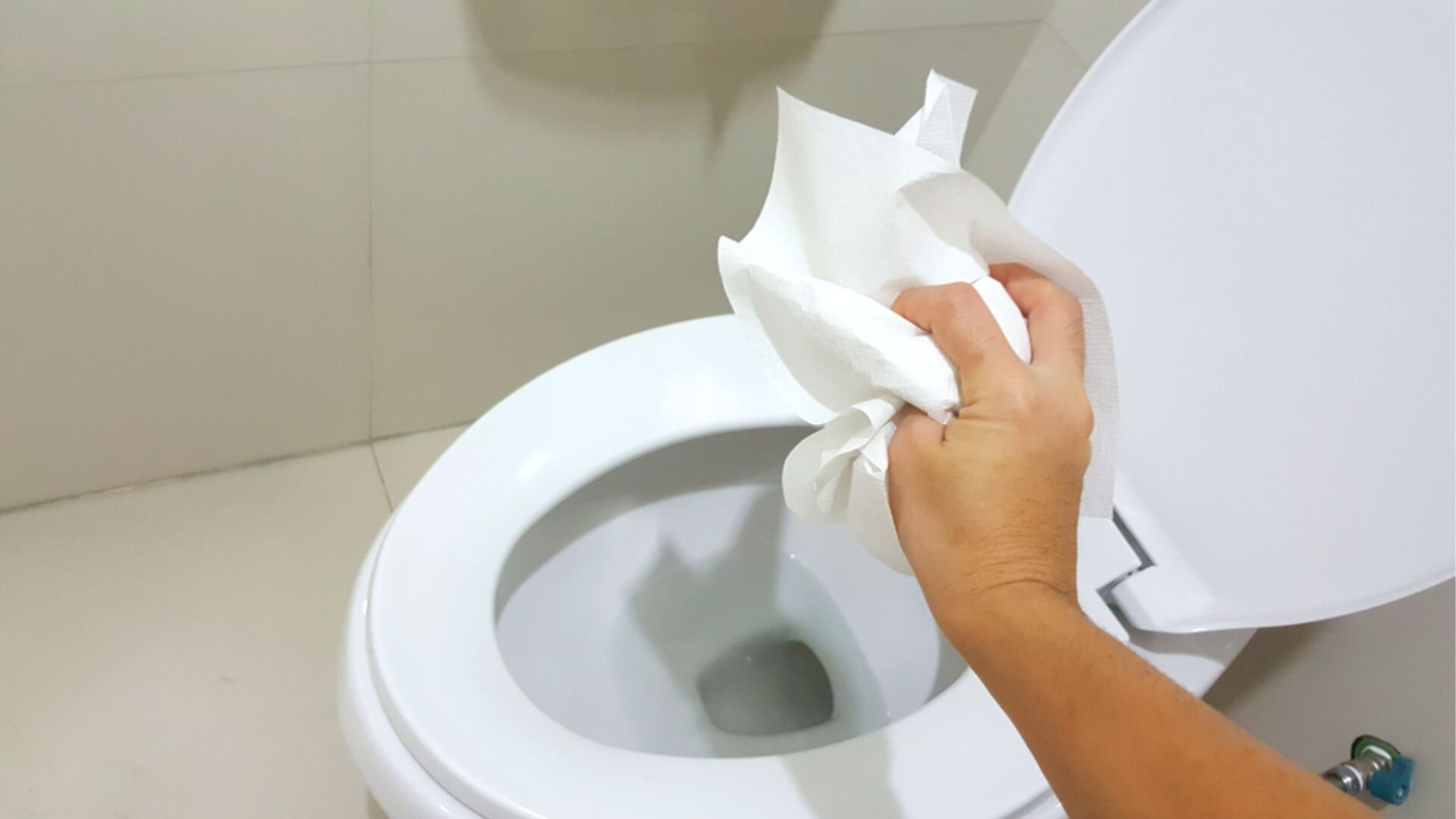
When you face an overflowing toilet, chances are that your toilet is clogged. It may occur if you flush too much toilet paper at once or if non-flushable objects are disposed of in the toilet. Some of the non-flushable objects are:
It would be best to flush the toilet only with human waste and toilet paper. But, even if you don’t throw any non-flushable objects in your toilet, it may clog due to partial flushing. This may worsen, causing the water level in the toilet bowl to rise.
Occasionally, a clogged main sewer line in your home might be the culprit behind an overflowing toilet. In this case, check other toilets at home to confirm if this is the issue.
Facing a clogged toilet? Try the following methods to get it sorted.
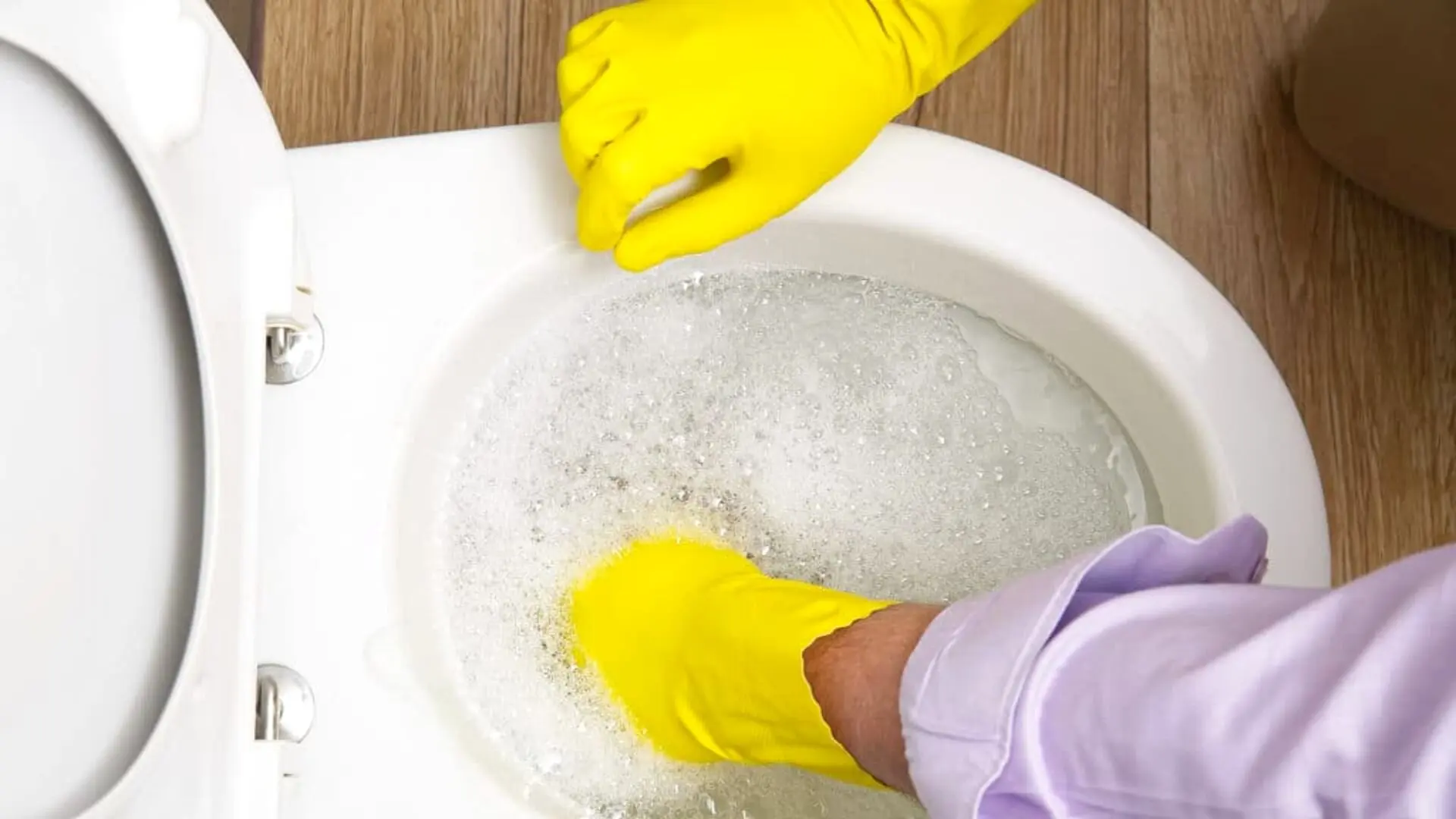
The simplest unclogging method is a plunger, which will clear up a clog within a few pumps.
Place the plunger in your toilet and gently push it to form a seal. Once you’ve removed all the air from the toilet bowl, begin pumping the plunger up and down. After a few pumps, remove the plunger.
If this doesn’t reduce the water level, you may repeat the process. If plunging fails, you may move on to the following method.
Toilet snakes, or toilet augers, are low-cost devices that easily remove clogs from toilet bowls, basins, or sinks. Push the tube into the bowl and move it around until it hits the clog. This creates room for the water to exit.
If the method doesn’t work, you may try something else.
This method is straightforward: pour a few drops of liquid soap into your toilet bowl. Then heat some water in a pan until it boils, and pour it in a steady stream.
After this, the toilet clog should soften, and the toilet will flush freely within minutes.
Vinegar and baking soda are effective declogging substances and function as great deodorisers. To unclog your toilet with these, pour about a cup of baking soda and two cups of vinegar. Allow this mixture to work on the clog for five minutes.
Feel free to flush once the mixture has taken effect and the bubbles subside. You’ll know if the method has worked if the toilet makes a suction noise and drains the vinegar and baking soda solution.
This is the final method you should try before calling a professional plumber. You can rent a wet/dry vacuum to clear a blocked system drain. Just remember to use a set of rubber gloves while using this method.
Use the vacuum to clear out the water from your toilet bowl. Then, cover the hose with a rag and push the vacuum into the toilet drain, after which you may turn on the vacuum to clear the clog out. Be sure to flush afterwards.
When dealing with an overflowing toilet, remember to stay calm and act quickly. Most plumbing issues are fixable with little effort. If the problem continues after trying these steps, get in touch with a professional immediately. For licensed Melbourne plumbers, feel free to reach out to us. The WP Plumbing team is on call 24/7, so blocked toilet drains won’t be a worry!
It’s best to deal with it quickly rather than let it fester.
Urgently need to unclog a toilet? Then these easy DIY fixes using everyday items around your own home will come in handy. Read on to learn how to unclog a toilet fast.
Need to know how to install a toilet seat? This comprehensive guide will provide you with easy to follow steps to install a DIY for your new toilet seat at home.
Just found out that your toilet is leaking from the base? Please don’t waste any more time and check out this guide to know the reason behind the leak and how to fix it.
